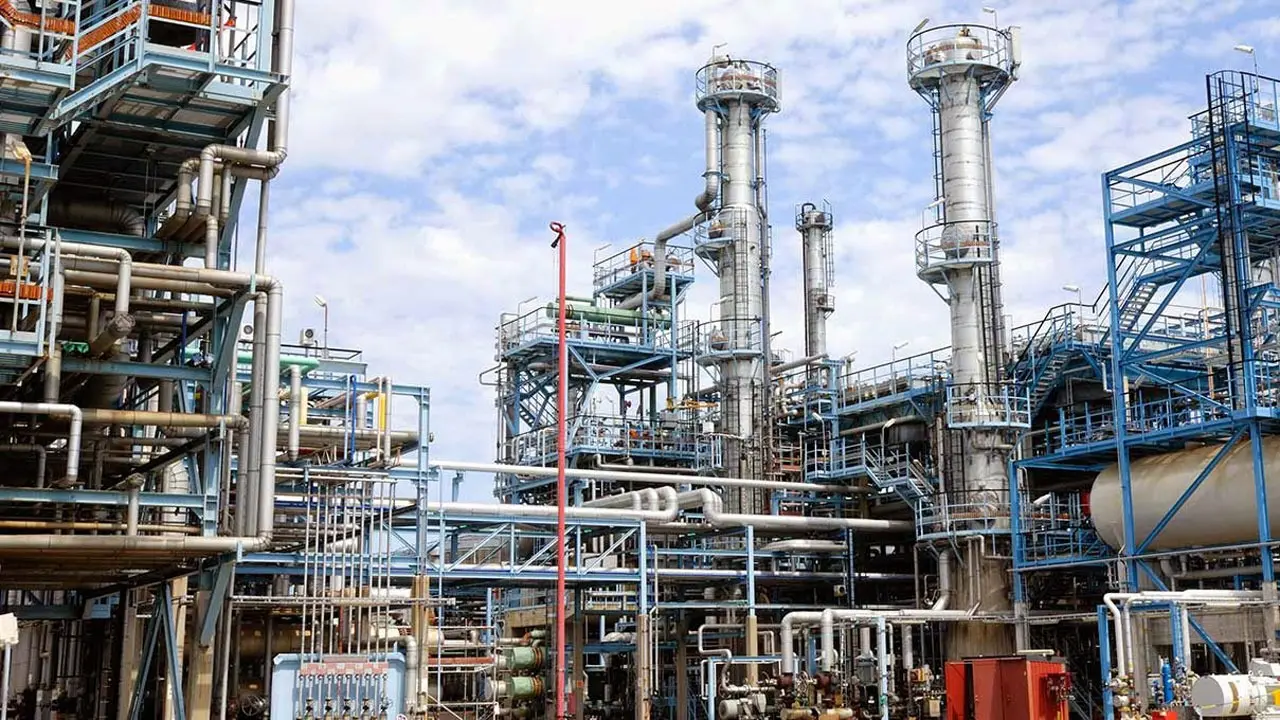Nigeria News
Nigerians’ hopes in limbo as Port Harcourt refinery stops operations

The initial fanfare surrounding the resumption of activities at the Port Harcourt Refining Company on Tuesday appears to have subsided, leaving many Nigerians’ hopes in limbo.
A visit to the refinery on Friday by Saturday PUNCH revealed a lack of activity on-site. Workers encountered by the correspondent disclosed that the refinery was undergoing calibration, a process expected to continue until next week.
The Port Harcourt Refinery has long been plagued by delays and missed deadlines to recommence operations. Nevertheless, on Tuesday, the Group Chief Executive Officer of the Nigerian National Petroleum Company Limited, Mele Kyari, inaugurated a new plant at the refinery’s Area 5 terminal. It was claimed that 200 petrol trucks were loading daily from the plant.
Skepticism surrounded the announcement, with reports suggesting that the trucks were loaded with old products stored in the tanks. Upon visiting Area 5, the correspondent observed no activity, and an official speaking anonymously revealed that the loaded trucks contained “dead stock.”
“Before the refinery’s shutdown in 2015/2016, there were residual stocks in the tanks, including Premium Motor Spirit (PMS), Dual Purpose Kerosene (DPK), and Automated Gas Oil (AGO). These products were stored in large quantities. During the refinery’s rehabilitation, these products were evacuated for storage,” the official explained.
However, the official noted that the refined petrol was “off-spec,” requiring separation from water to yield usable product. Similarly, a large quantity of DPK remains stored but is yet to be commercially processed.
“The product being loaded is from dead stock—the old products that were already in the system. After depleting these stocks, the tanks will be cleaned, debris removed, and new products introduced and treated,” the source added.
The worker also highlighted that the refinery operates manually, unlike modern refineries that use electronic systems. “Most of the pumps used were refurbished, not new digital ones,” he said.
He further stated that during Kyari’s visit on Tuesday, only five out of seven prepared trucks were loaded with petrol.
The Chairman of the Independent Petroleum Marketers Association of Nigeria (IPMAN), Taken Ikpaki, expressed optimism during the inauguration, stating that more trucks were expected in subsequent days. However, contrary to these expectations, fewer trucks have been arriving.
When the correspondent visited around 1:30 p.m. on Friday, the facility was largely idle. Nine trucks were parked, but the loading bays, numbered one to 18, were empty. Workers were seen resting, and there was no operational machinery.
A worker in overalls attributed the inactivity to ongoing de-watering, a process of removing water from the PMS. “Maybe loading will resume after this, but we don’t know when,” he said. Another worker mentioned that the delay was due to meter calibration.
Findings revealed that the remaining PMS in storage might be insufficient to fill five trucks. Calibration is expected to continue until Monday, after which loading of DPK and AGO may commence.
Residents in the area expressed frustration. Osaro, a resident of Alode in Eleme Local Government Area, said, “After the ceremony with Mele Kyari, where they claimed loading had begun, what happened? The loading continued only on paper and social media.”
When contacted for comments, the National Public Relations Officer of the Petroleum Product Retail Outlet Owners Association of Nigeria (PETROAN), Dr. Joseph Obelle, attributed the lack of activity to ongoing calibration, which he claimed would be completed the same day.
Meanwhile, the Senate Committee on Petroleum visited the refinery on Thursday for a facility tour. The outcome of their visit has yet to be disclosed.
The NNPC spokesperson, Olufemi Soneye, did not respond to calls or text messages as of the time of filing this report. However, the NNPC issued a statement refuting claims by an Alesa community leader, Timothy Mgbere, that the refinery was not operational. Soneye dismissed the claims as “sheer mischief and ignorance,” asserting that the old and new Port Harcourt refineries are integrated, sharing utilities like power and storage tanks.













